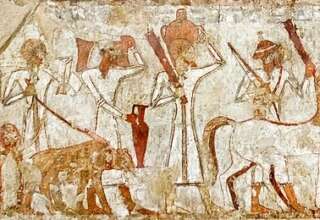
The friendship, as will be discussed later, manifests these differences as follows. My friend views himself as embedded in his community, while I see myself as primarily autonomous. He looks at society in a hierarchical way, while I tend more to see people as equal. He is mostly involved with survival, while I am more concerned with self-expression.
Hofstede’s classification
Probably the best known and the most used of the classification systems – and the one that will be applied in this study – is the one by the Dutch social psychologist and anthropologist Geert Hofstede. Hofstede (2001) compared over 70 countries and regions in a continuing analysis of personal values. The research started in the seventies and is based on surveys presented to IBM employees of all levels. In a later stage data from people with other backgrounds were added. Using several measures, Hofstede found four dimensions that differentiate among cultures: power distance, individualism, masculinity and uncertainty avoidance. He viewed these dimensions as independent, which is different from the dimensions in the previously mentioned classifications. Hofstede ranked all investigated countries and regions for each of the dimensions and thus created four indices.







